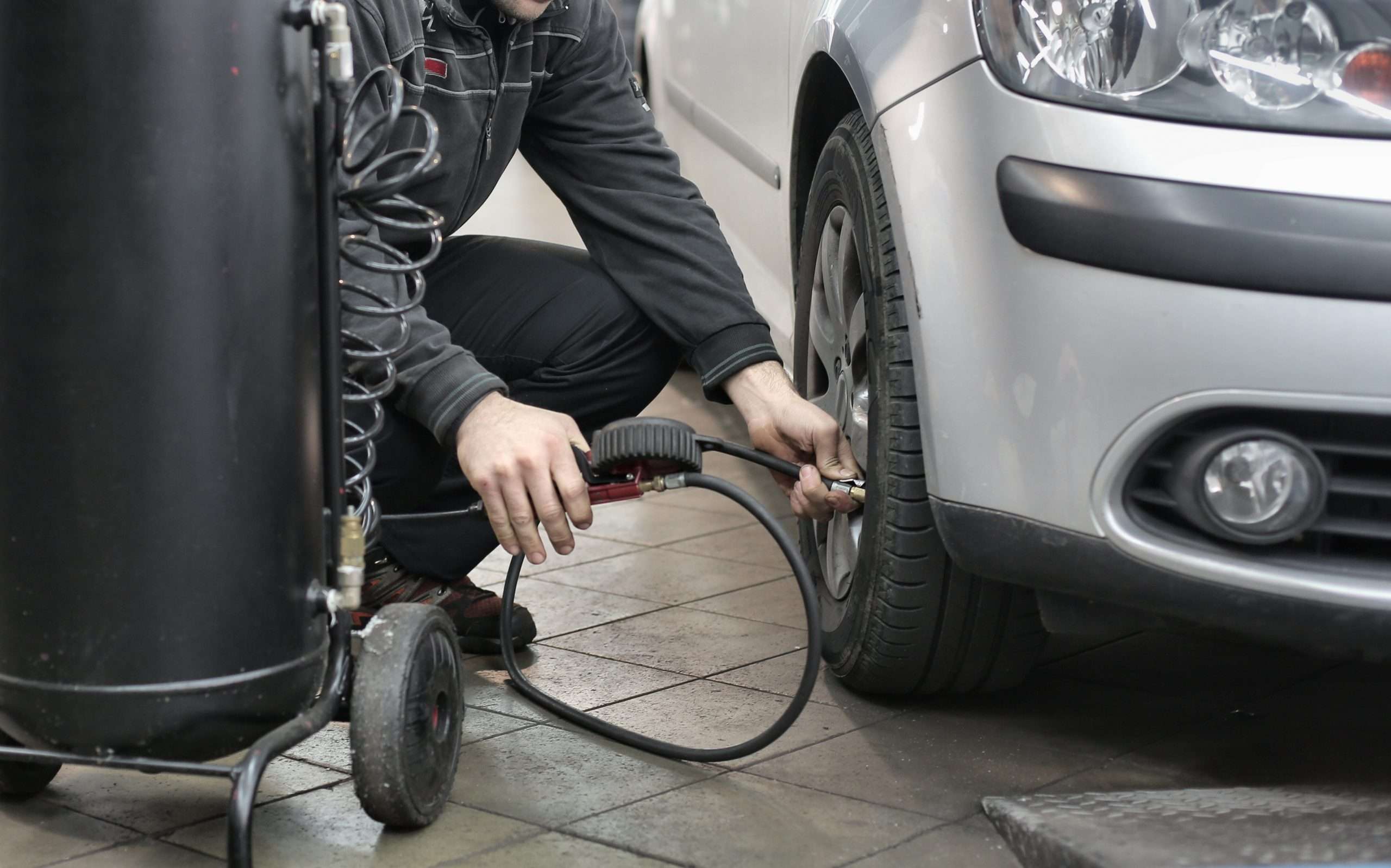 Pexels
Pexels
How to Care For Your Car
How to Care For Your Car
A car is a huge investment that requires the same amount of care as you would offer to your home. Ensuring that you maintain your vehicle properly will help to ensure you get a good amount of use out of it. Here are 10 simple things you can do to extend your car’s lifetime.
1. Check all fluids regularly
You should check all fluids regularly; so that you can identify any issues before they become worse or cause damage to the vehicle itself.
“Some fluids include oil, transmission fluid, washer fluid, power steering fluid, coolant/antifreeze, brake fluid and windshield wiper fluid” note the transport professionals at Camex.
Depending on your car you may have additional fluids you should check.
2. Keep your tyres inflated to the proper PSI
This step is very important because under-inflated or over-inflated tyres are hazardous, especially in extreme weather conditions. The life of your car will also be extended if you keep up with this simple task. It’s best to get a tyre pressure gauge that has an automatic shut off feature. When it detects that there is no more air in the tyres; one of these can be found at most auto stores or online. Tyre manufacturers will state tier recommended tyre pressures; newer vehicles will generally have a tyre pressure chart that will show you the correct pressure for the tyres the car came with.
Aside from making sure your tyres are not under-inflated or over-inflated, make sure they are properly aligned and balanced. This will ensure that they last longer and perform better.
3. Change your oil regularly
The life of your engine can be extended if you change the oil when it’s needed. Oil ensures your engine’s mechanical components are all lubricated and prevent friction, heat and wear. Even if you don’t use your car frequently; it is essential you check the oil as older engine oil doesn’t work as well and can affect the functionality.
Your car’s manual should have some information on when to change your car’s oil or you can use a dipstick frequently to check the levels. Simply wait at least 15 minutes after turning off your car (so the engine is warm) and remove the dipstick. Wipe the dipstick off with a clean rag and then place it back into the engine. Finally, remove the dipstick and check how high the oil came up to, this will let you know if the oil is low.
“Using the dipstick will also allow you to see the colour and quality of the oil” explains Ormeau mechanic APC Auto Centre, “If it appears black or dark brown, gritty or dirty you will likely need to get an oil change”.
Also keep an eye out for if your oil turns amber, this could be indicative of low oil.
Changing your oil is quite simple but your local mechanic will offer professional checks and changes for cheap.
4. Get regular tune-ups
Tune-ups prolong the life of many critical engine parts such as spark plugs, ignition wires, distributor caps and rotors, and oxygen sensors. When you get a tune-up, all of these things are checked and replaced if necessary (at an additional cost). There is also another service that can be done depending on the car. This service is called a fuel injection clean up and it removes any build-up in gas lines or injectors. If you want to find out more about this service, simply ask your dealership when getting your next tune-up.
5. Clean the inside regularly
“Maintaining a clean interior will help to prevent any harmful bacteria, mould or insect colonies from growing,” says the car cleaning experts at Pulse Car Cleaning Adelaide, “Doing regular spot cleans and vacuums of your car’s interior will prevent stuck-in stains and make driving a more enjoyable experience for you and your passengers”.
6. Take care of dings and scratches as soon as they happen
Small dings and scratches are very common on vehicles today. Whether it be from someone accidentally opening their door into your vehicle, a fender bender or an accidental run-in with a fence, you should fix them as soon as possible. Some dents can be removed with hot water and a suction cup and most scratches can be fixed with an at-home touch-up paint kit which you can find online.
If you want to leave it to the professionals, you will be surprised to learn that small aesthetic repairs are quite inexpensive and will improve the overall look of your vehicle dramatically.
7. Clean and wax your car at least twice a year
Ensuring your car’s exterior is free of dirt, dust and salt will help prevent rust and scratches from forming. It will also make your vehicle look amazing! Getting your car waxed is also great because it protects your paint from the elements, protects against scratches and makes your car super shiny.
8. Have an emergency kit inside of your vehicle
Driving without having an emergency kit inside of your car is very unsafe – you never know if something will happen or what could go wrong on the road ahead. The basic items you should travel with include first aid materials, jumper cables, window washer fluid, a flashlight (with batteries) and a tyre pump and jack. These basic tools can help you if you ever break down or have an accident in a remote area and will give you peace of mind.

















